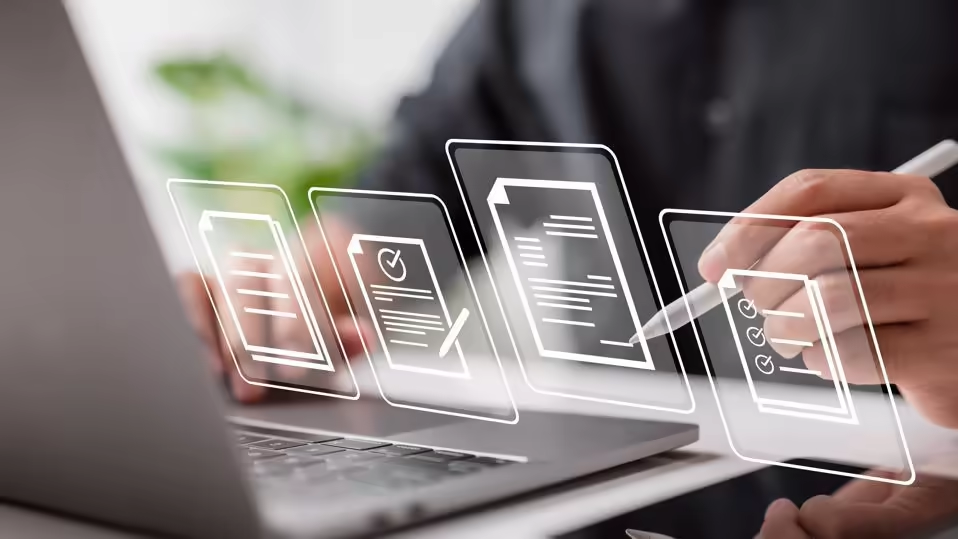Human Resources (HR) is undergoing a transformation. Traditional processes are being enhanced by cutting-edge technology, reshaping existing functions and introducing new approaches to systems.
Here, we look at how tech is reimagining workforce management.
Easy access
While advanced tech sounds like it might be complex, there is software and tools that make it easy to make updates. Companies like RS Americas provide components that help to keep this technology running, and there are online setups and guides that can help HR departments take charge of these innovative new systems.
A fresh take on recruitment
Recruitment is one of the major areas that the HR department is often responsible for. However, the recruitment process itself can be challenging and time consuming. This affects productivity levels. From advertising the role through to choosing interview candidates, it requires a dedicated team member just to get through the CVs.
But Artificial Intelligence (AI) and automation have changed that. They have become invaluable tools for streamlining these hiring processes. It’s easy to see the appeal. Chatbots, powered by AI, handle initial candidate interactions, providing instant responses and gathering essential information. And those CVs? AI-driven resume screening algorithms are used to efficiently sift through vast pools of applicants, ensuring that only the most qualified candidates proceed to the next stages.
Plus, automated interview scheduling tools simplify the coordination process, reducing administrative burdens and accelerating the hiring timeline.
Employee engagement in the digital age
Technology is playing a crucial role in keeping existing employees engaged too. Digital platforms and collaboration tools offer seamless communication, making teamwork easy and fluid. This breaks down silos and creating a more connected workplace.
In addition, employee recognition software allows businesses to acknowledge and reward staff members quickly. This boosts morale and job satisfaction as workers are more likely to feel valued if they’re recognized for their efforts.
Companies can create an environment where employees feel valued and motivated, ultimately leading to increased productivity and retention rates.
Data-driven HR
HR professionals are increasingly relying on analytics for informed decision-making. Analytics software can be used to measure the effectiveness of various initiatives, from employee engagement programs to talent acquisition strategies, creating a culture of continuous improvement.
Related: How Python is Revolutionizing HR and Workforce Management
Learning and development in the digital era
Technology is also used in learning and development. One of the key functions of an HR department is to help staff advance and upskill.
E-learning platforms, virtual training sessions, mentorship programs, and personalised learning experiences allow employees to advance in their roles and build on their existing knowledge and expertise. This shift toward digital learning makes way for diverse learning styles and allows employees to access training resources at their own pace.



